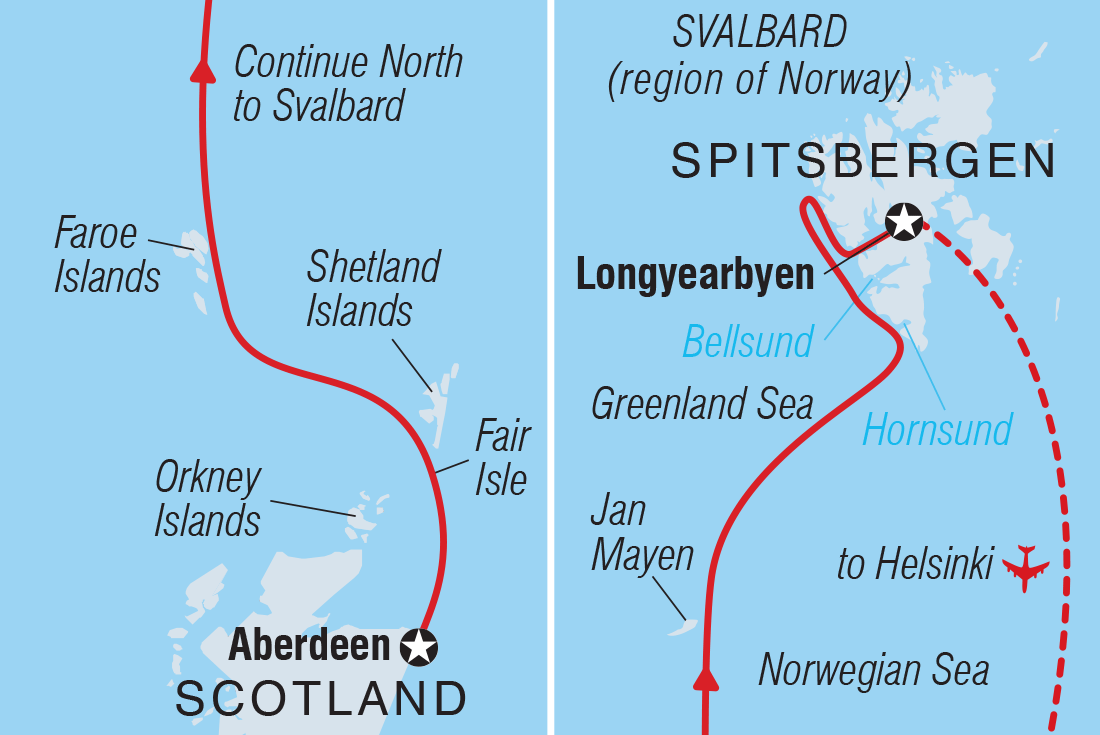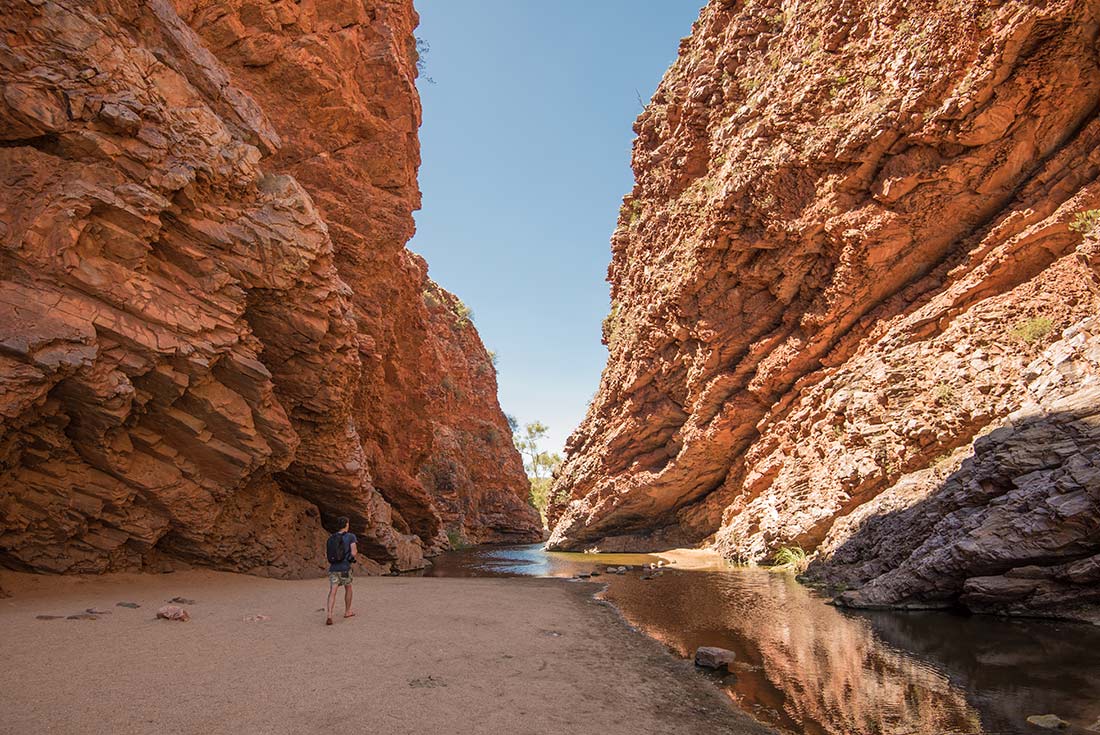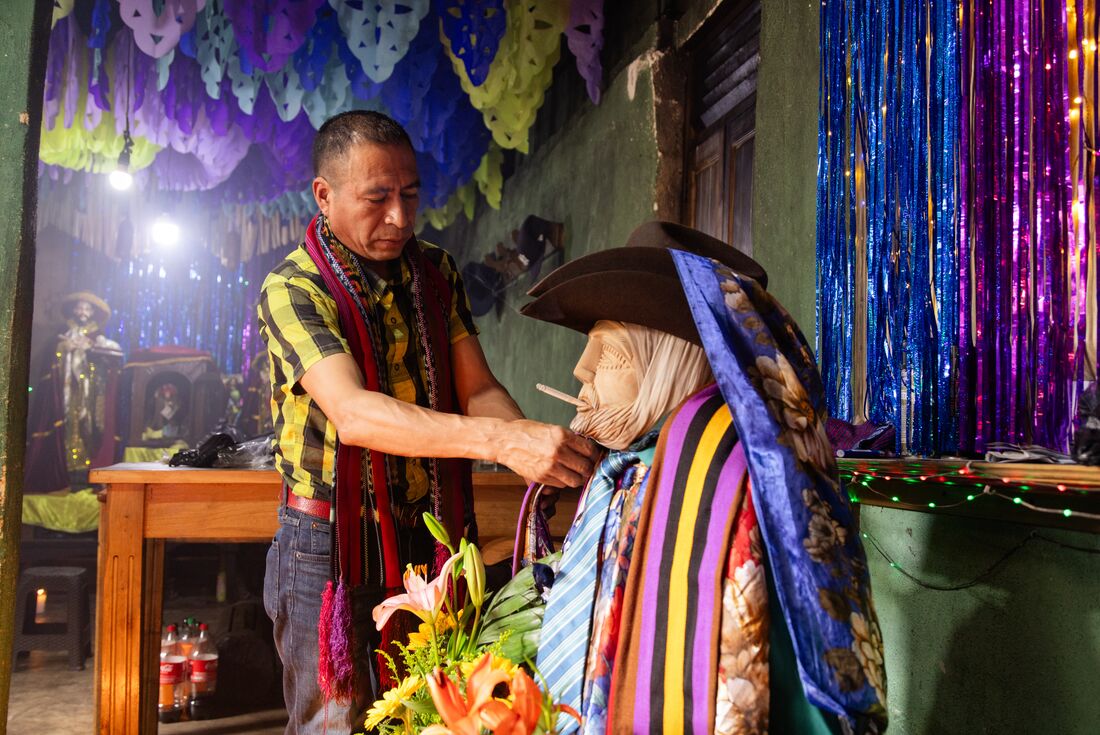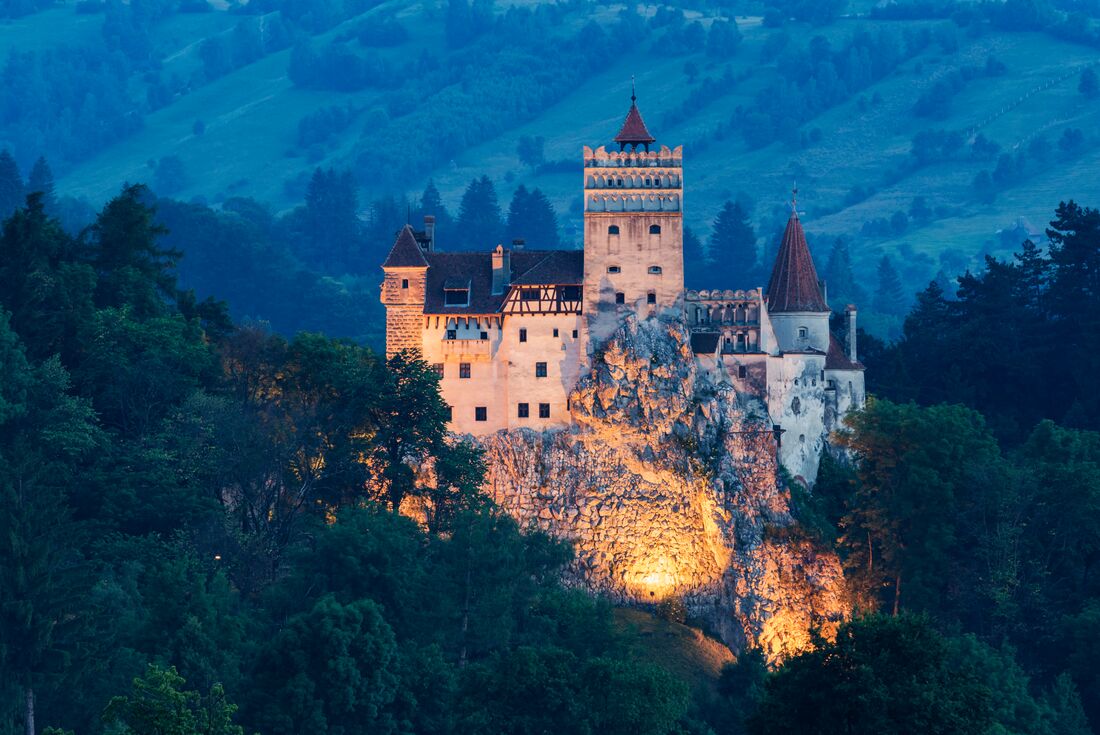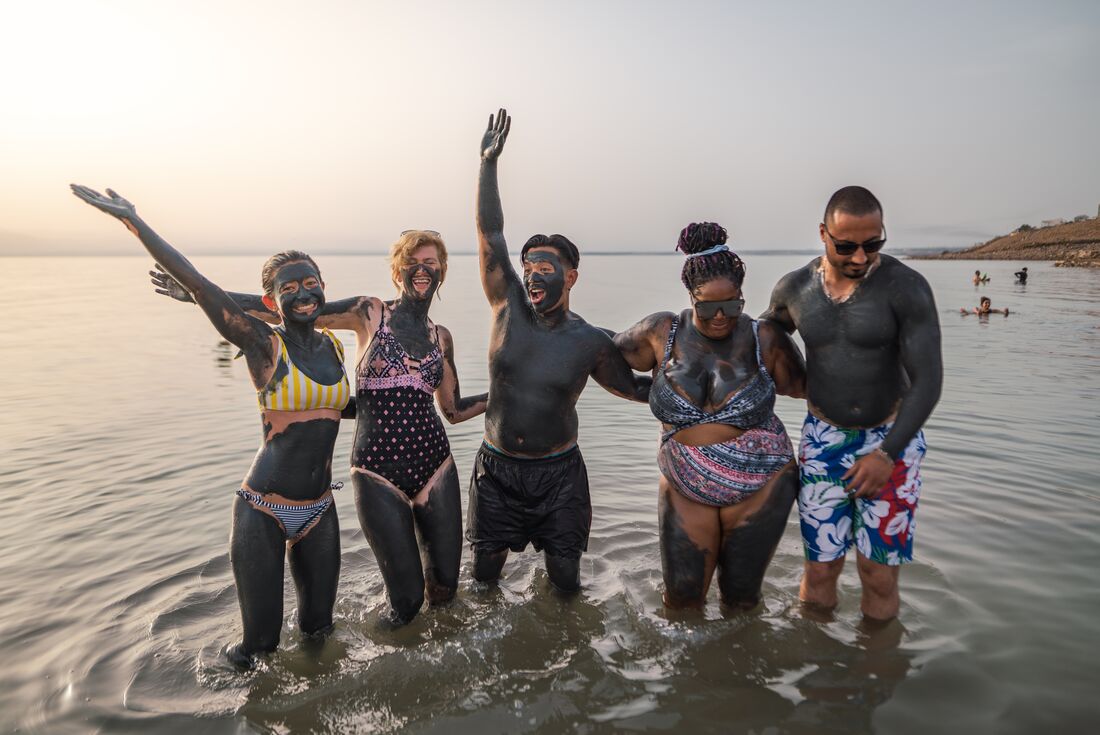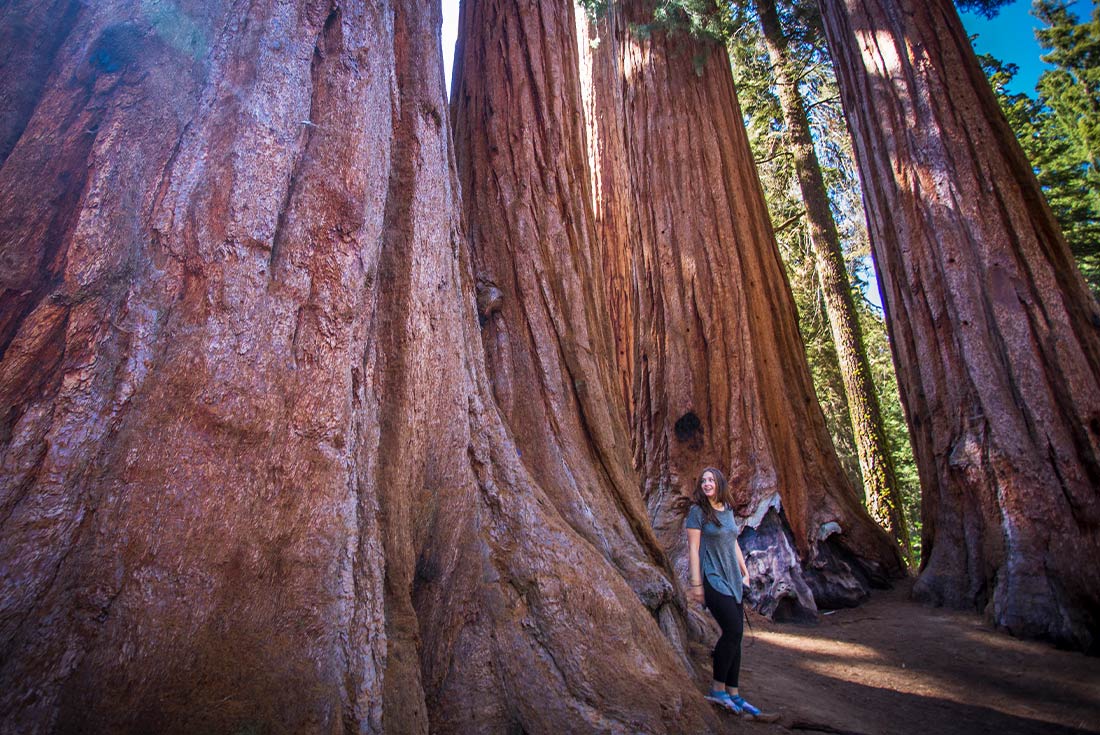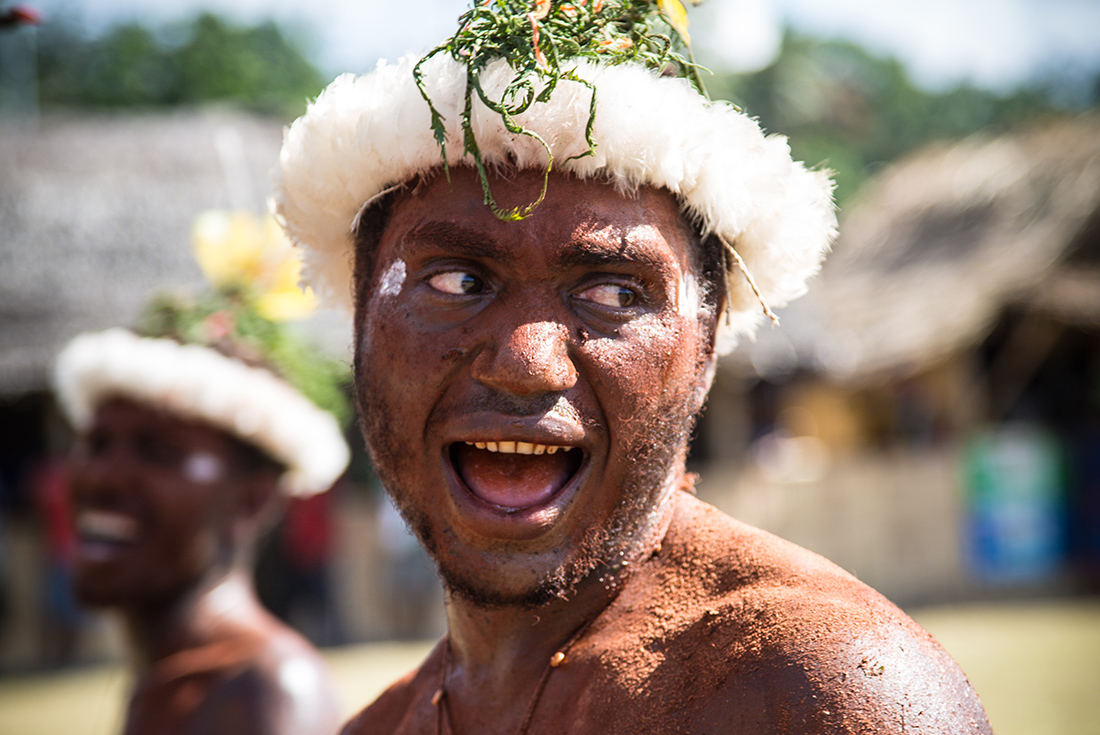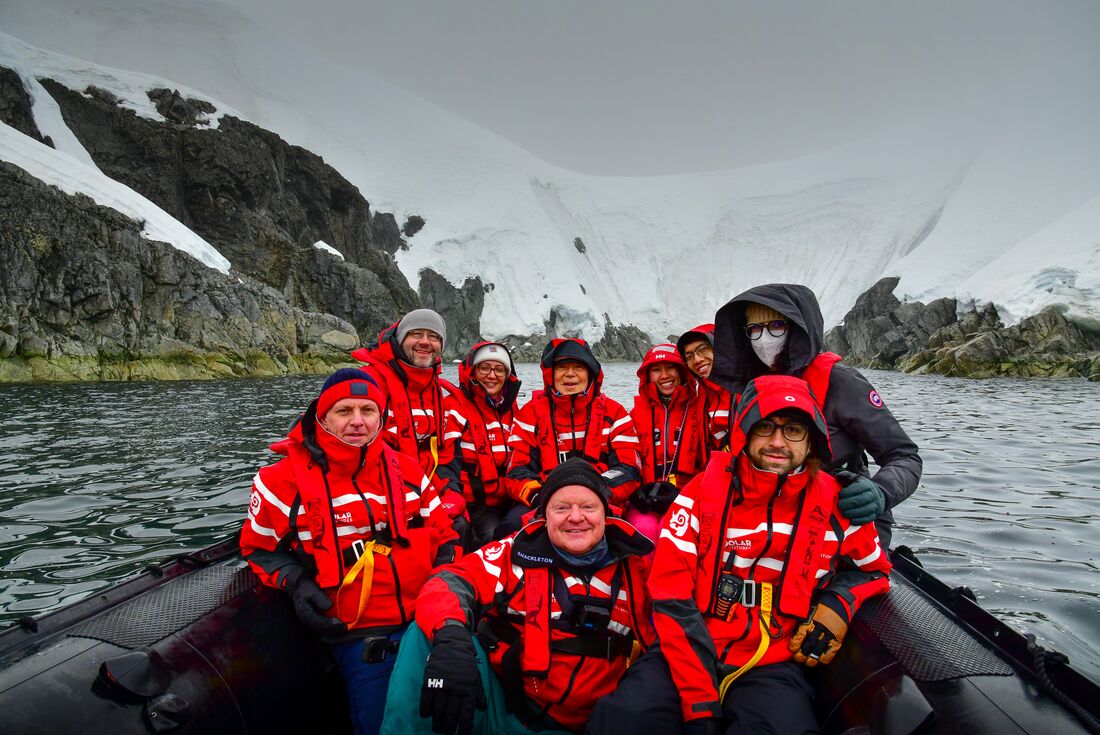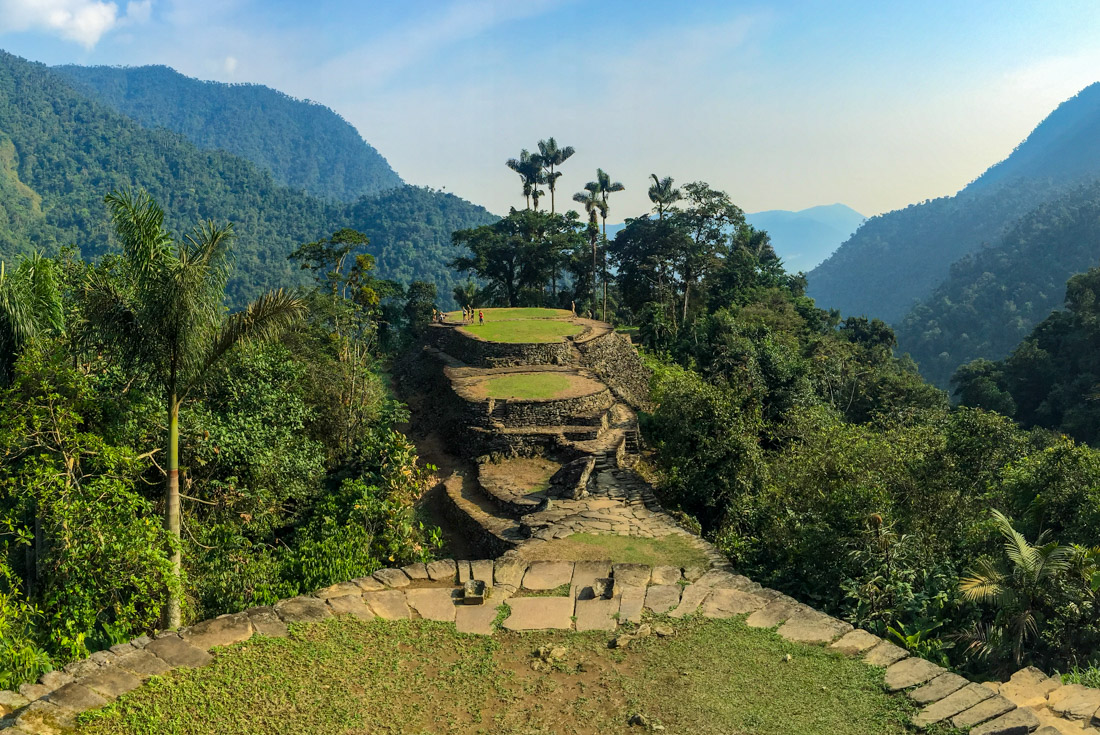North of the Arctic Circle, about 280 miles (450 km) east of Greenland and 340 miles (550 km) north of Iceland, the mysterious Jan Mayen rises from the depths of the North Atlantic Ocean. Often shrouded in thick fog, the small mountainous island was declared a nature reserve in 2010 and is rarely visited, save for the 18 rotating personnel of the Norwegian military and Norwegian Meteorological Institute, who are the only year-long inhabitants, save for some additional personnel during the summer.
Landing here will be dictated by the weather and sea. If conditions allow, as we approach, keep watch on deck as the spoon-shaped island’s highest summit emerges. At 7,470 feet (2,277 meters) high, the breathtaking Beerenberg volcano features a symmetrical cone shape and impressive glaciers that spill into the sea.
During the summer months, the island’s lower landscape is covered with grass, moss and a smattering of hardy flowers that add a burst of color to the otherwise barren black lava terrain.
One site we hope to visit is Olonkinbyen and the surrounding area. Named after Russian-Norwegian polar explorer Gennady Olonkin, it’s the island’s
only settlement and the location of the meteorological station, where you may have the chance to learn about polar research while seeing how weather is monitored at the top of the world. Another option might be the black sand beach at Kvalrossbukta, where the remnants of a 17th-century Dutch whaling station and a large northern fulmar colony can be found. In 1632, two Basque ships landed at the small bay and plundered the station. A Dutch party was sent here the following year to protect the land stations during winter, but all seven men perished from scurvy. Whaling in the area came to an end about 20 years later.
If conditions permit, we may view the volcano and the stratified cliffs of the spectacular north coast as we Zodiac cruise around the island, searching for wildlife. Designated an Important Bird Area by BirdLife International for the large numbers of breeding seabirds, Jan Mayen supports colonies of northern fulmars, little auks, glaucous gulls, kittiwakes, and black and Brünnich’s guillemots (thick-billed murres). And if we are fortunate, you might see “sea parrots,” the Atlantic puffin again. The waters here are rich feeding grounds for marine life, so keep a lookout for minke, fin, blue or humpback whales.

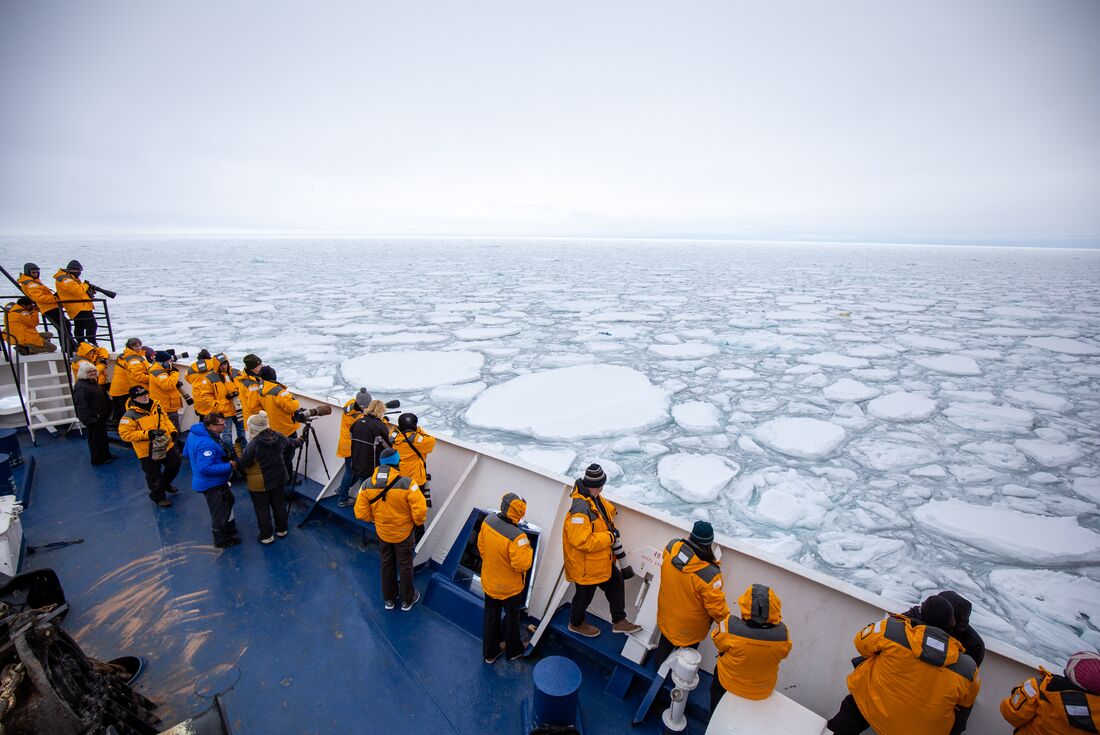
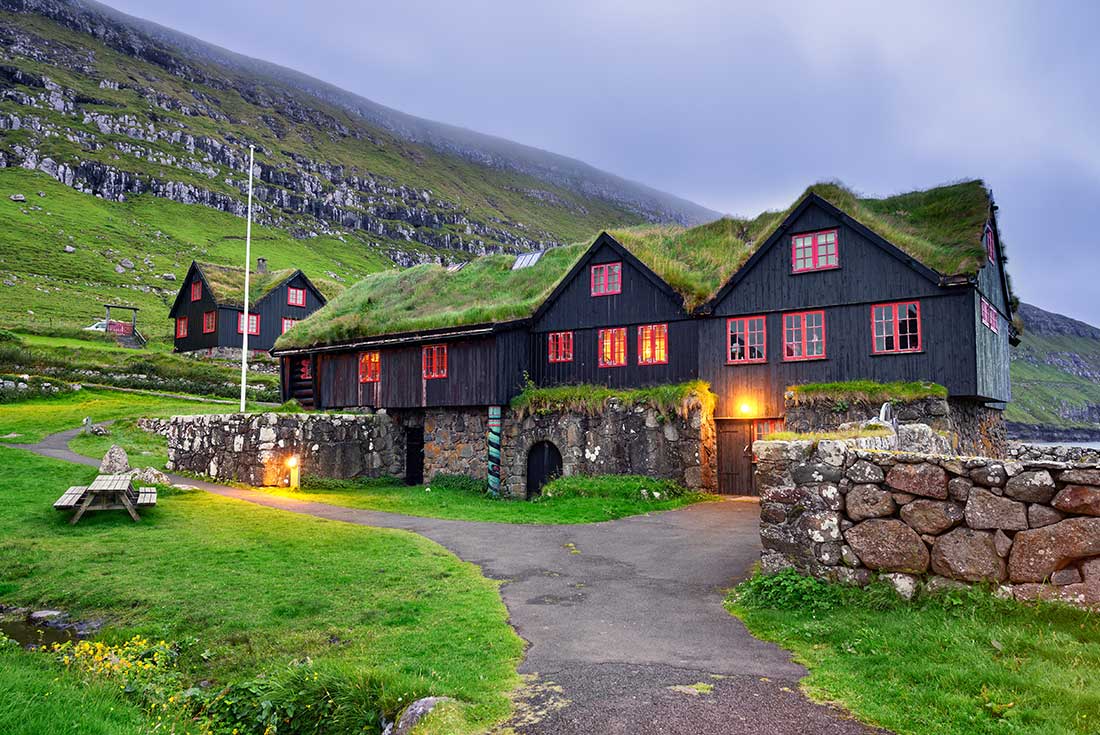
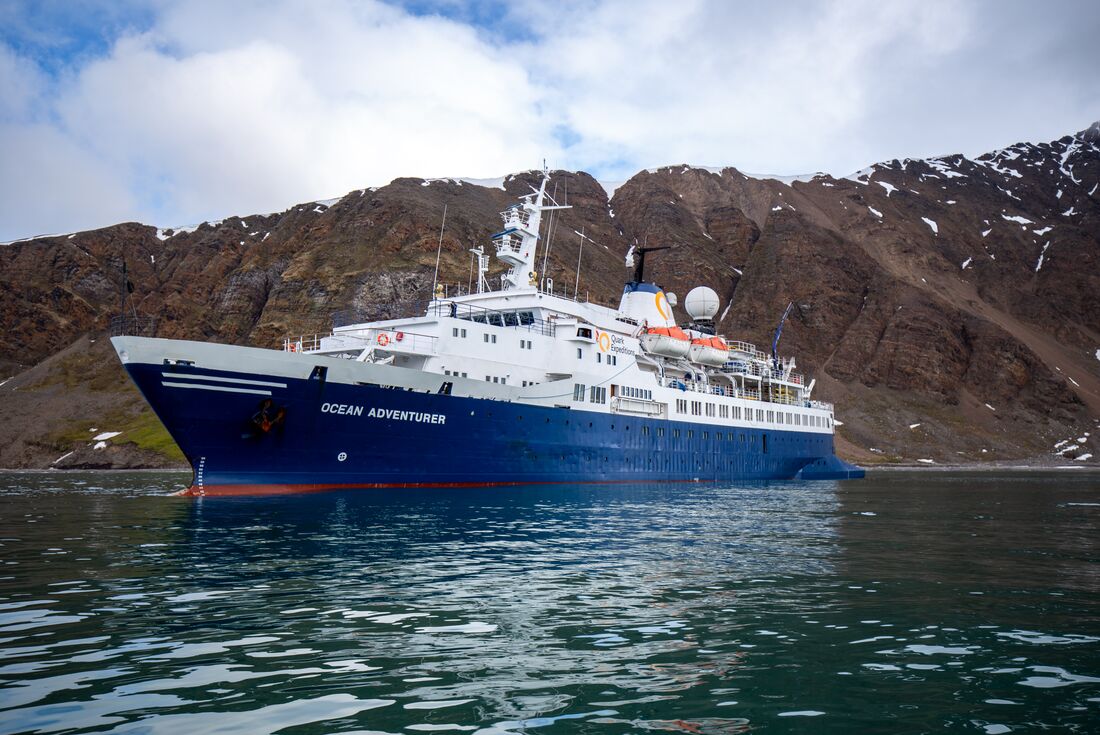
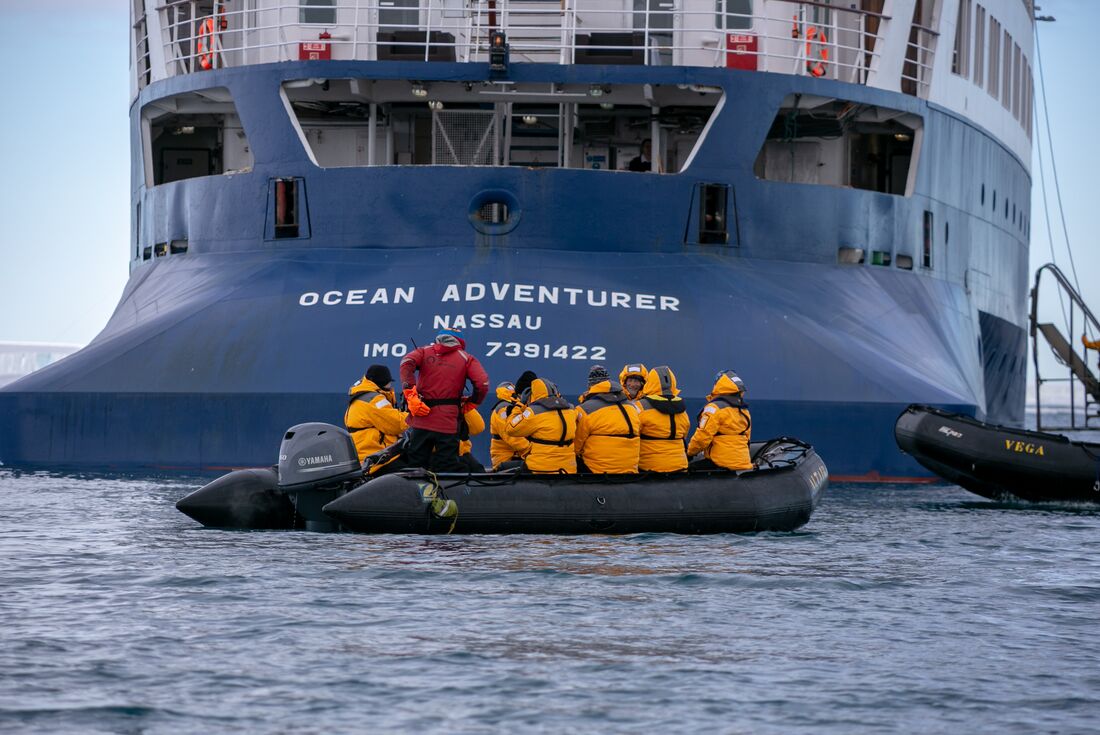
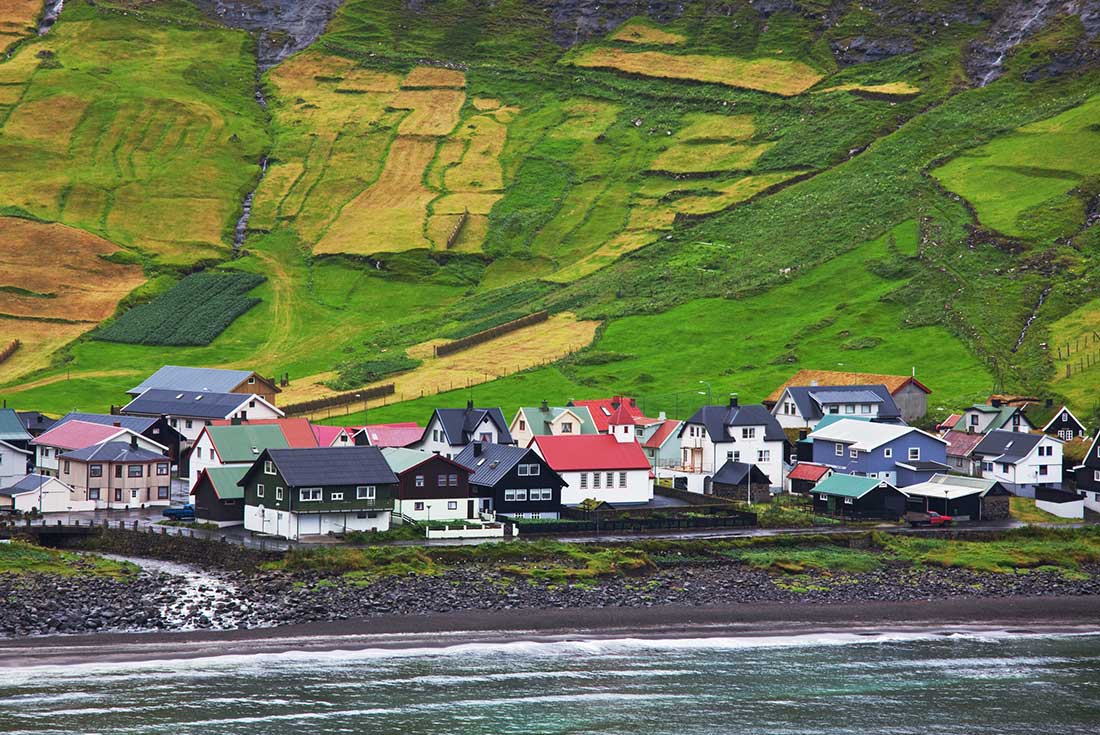
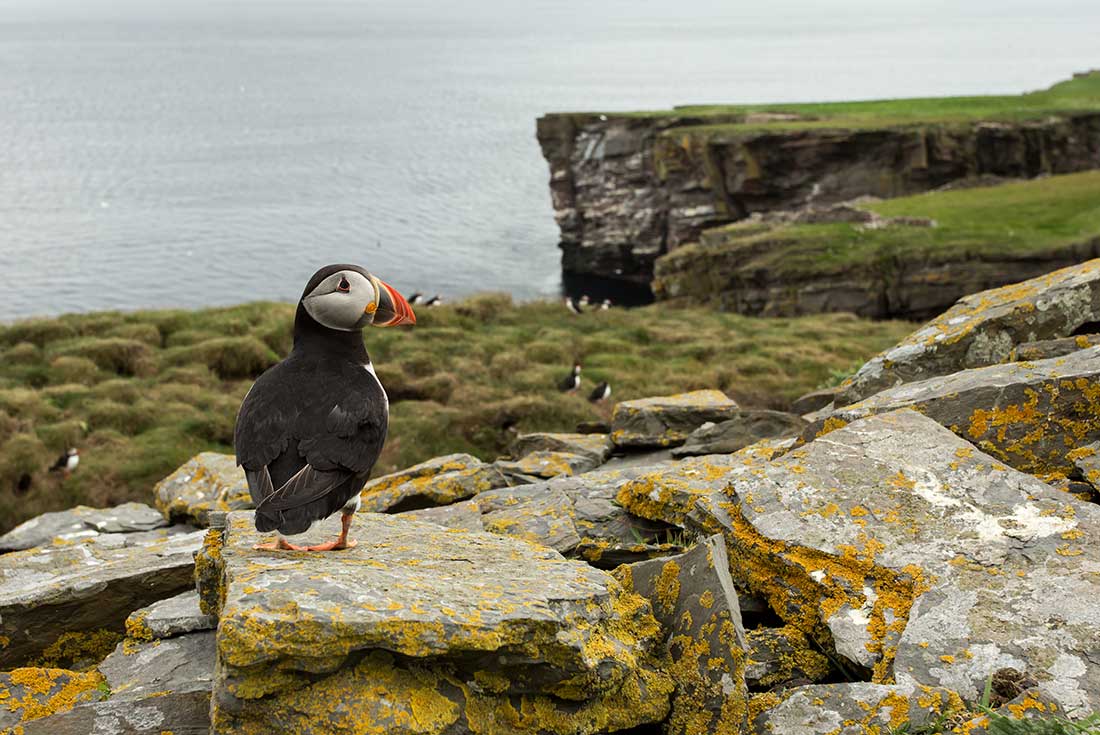
 NZD 15,739.00
/Person
NZD 15,739.00
/Person
